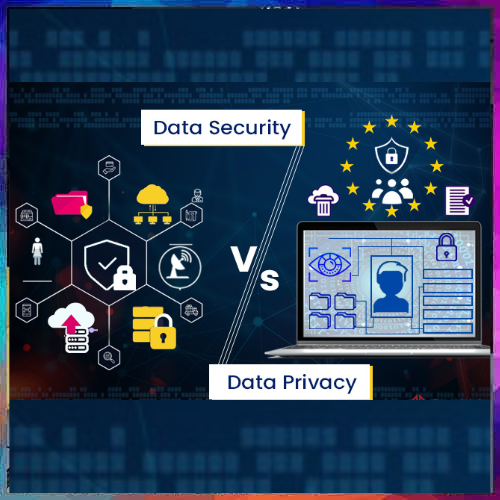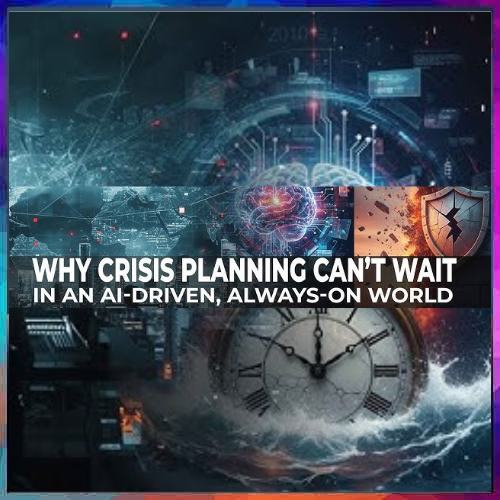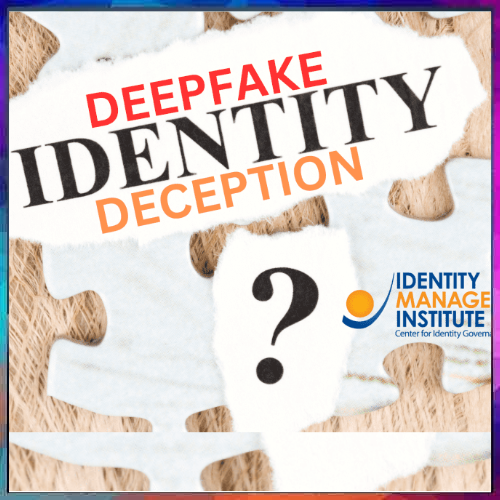Top 5 myths around multi-cloud computing
2022-09-19
Shrikant Navelkar, Director, Clover Infotech
As new-age technologies are transforming the customer and employee experiences, enterprises across the globe are opting for cloud computing to strengthen their digital infrastructure. Since the pandemic, there has been an exponential rise in the number of organizations moving their critical workload to the cloud. As per the latest forecast from Gartner, worldwide end-user spending on public cloud services is expected to grow by 20.4% in 2022 to a total of USD 494.7 billion, up from USD 410.9 billion in 2021. It is further expected to reach to USD 600 billion in 2023.
With digital innovation leading the top business objectives, enterprises are going to find it difficult to meet their digital infrastructure needs through just one cloud service provider. Driven by the need for agility and flexibility, multi-cloud is gaining momentum across industries. However, despite offering a plethora of benefits, multi-cloud infrastructure comes with its own set of challenges. Given the prominence that multi-cloud is gaining at workplaces, several half-truths and misleading information have been widely accepted.
We have compiled a list of top myths surrounding the multi-cloud infrastructure:
Multi-cloud is not secure - Many believe multi-cloud to be less secure. This cannot be farther than the truth. Security of a cloud infrastructure depends majorly on its management. Multi-cloud can actually help with compliance and security. For instance, it can reduce the risk of widespread data loss or application downtime as failures will be more isolated. It also helps enterprises in complying with regional regulation and data localization norms.
Multi-cloud is suitable only for large enterprises – This myth finds its base in the assumption that only larger enterprises have a greater variety of specialized applications. Hence, they need a multi-cloud infrastructure to support the workload. However, the need for multi-cloud infrastructure is driven more by the number and nature of the application landscape than the size of an enterprise. Smaller or medium-sized businesses that have a specialized applications landscape could benefit from the solutions of different service providers. Additionally, scaling in a multi-cloud architecture is much easier as different clouds are adopted for different needs.
Multi-cloud is the same as hybrid-cloud – Although they are often used interchangeably, multi-cloud and hybrid cloud aren’t the same. In fact, hybrid cloud is a subset of multi-cloud. A multi-cloud infrastructure comprises of clouds hosted by various service providers, whereas hybrid-cloud is a combination of public and private clouds.
Multi-cloud is expensive - By using a single cloud strategy, enterprises can access the features and services of only one cloud solutions provider. Whereas, a multi-cloud strategy enables enterprises to choose the most cost-effective solution by leveraging best prices from competing cloud providers. Further, a single cloud system can result in siloed data and concentrated risk. Through strategic management of the multi-cloud infrastructure, enterprises can get a holistic view of assets, exercise better control, ensure robust security, and transparency in costs.
Multi-cloud is the solution to all problems – Multi-cloud certainly offers solutions to many problems. However, it is not free from complexities and challenges. Poor management of the multi-cloud environment can lead to huge losses in terms of costs and efficiency. Hence, to reap maximum benefits out of such an environment, enterprises need to utilize the right set of tools and management platforms to ensure seamless coordination, agility, flexibility and transparency.
In conclusion, a multi-cloud environment can be beneficial to enterprises in terms of cost saving, innovation, risk management and scalability. However, its adoption needs to be meticulously planned and executed to avoid misconfigurations and downtime. Once implemented, it needs a designated team equipped with the right skillsets, technologies, and tools to manage it effectively.
See What’s Next in Tech With the Fast Forward Newsletter
Tweets From @varindiamag
Nothing to see here - yet
When they Tweet, their Tweets will show up here.





























